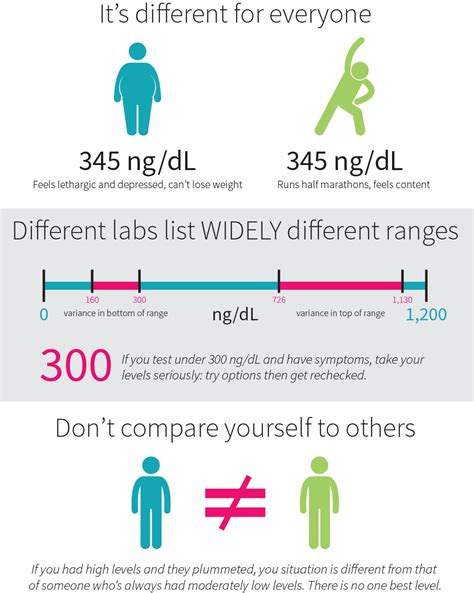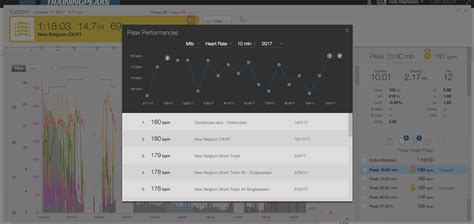Optimal recovery for men’s peak performance: prevent burnout, maximize gains?

The Unsung Hero: Why Recovery Trumps Training Alone
In the relentless pursuit of physical prowess and professional success, men often fall into the trap of believing that more is always better. More training, more work, more pushing the limits. While grit and determination are admirable, the truth is that sustained peak performance isn’t just about what you put in during intense sessions; it’s crucially about what you do when you’re *not* training. Optimal recovery is not merely a break from exertion; it’s an active, essential component that dictates whether you build muscle, lose fat, enhance cognitive function, or eventually succumb to burnout.
For men, neglecting recovery can have profound consequences, extending far beyond just sore muscles. Chronic overtraining and under-recovery can lead to hormonal imbalances, suppressed immune function, increased injury risk, mental fatigue, and a significant drop in overall motivation and performance. Understanding and implementing a strategic recovery protocol is the ultimate cheat code to unlocking consistent gains and preventing the dreaded plateau or, worse, burnout.

Pillars of Peak Performance Recovery
Master Your Sleep
Sleep is arguably the single most powerful recovery tool. During deep sleep cycles, your body repairs muscle tissue, consolidates memories, restores your nervous system, and regulates crucial hormones like testosterone (which is vital for men’s vitality and muscle growth) and cortisol (the stress hormone). Aim for 7-9 hours of high-quality sleep consistently. Prioritize a dark, cool, quiet sleep environment, avoid screens before bed, and establish a regular sleep schedule, even on weekends.
Fueling the Machine: Nutrition for Repair
What you eat directly impacts your body’s ability to recover and adapt. A diet rich in lean proteins provides the amino acids necessary for muscle repair and growth. Complex carbohydrates replenish glycogen stores depleted during exercise. Healthy fats support hormone production and reduce inflammation. Don’t overlook micronutrients – vitamins and minerals are cofactors for countless recovery processes. Crucially, staying well-hydrated throughout the day facilitates nutrient transport and metabolic waste removal.

Active Recovery, Mobility, and Strategic Rest
Complete rest days are important, but active recovery can often be more beneficial than complete inactivity. Light activities like walking, cycling, or swimming at a low intensity help improve blood flow, delivering nutrients to tired muscles and flushing out metabolic byproducts without adding significant stress. Incorporate mobility work – stretching, foam rolling, and dynamic movements – to maintain joint health, improve flexibility, and alleviate muscle tightness.
Beyond daily active recovery, strategic deload weeks, where training intensity or volume is significantly reduced, are vital. These planned periods allow your central nervous system to fully recover and your body to consolidate adaptations, often leading to a surge in performance when you return to full training.

The Mental Game: Stress Management and Hormonal Balance
Physical stress from training is only one piece of the puzzle. Work pressure, relationship challenges, and financial worries all contribute to your body’s overall stress load, elevating cortisol levels. Chronically high cortisol can suppress testosterone, increase fat storage, and lead to mental and physical fatigue.
Developing effective stress management techniques is non-negotiable for optimal recovery. This could include mindfulness meditation, spending time in nature, engaging in hobbies, ensuring social connection, or simply scheduling dedicated downtime. Mental and emotional recovery directly impacts your physiological state, making you more resilient and less prone to burnout.

Implementing a Recovery Protocol: Practical Steps for Men
Start by honestly assessing your current recovery habits. Are you consistently getting enough sleep? Is your nutrition fueling your efforts? Are you managing your stress effectively? Consider tracking tools like sleep monitors or heart rate variability (HRV) apps to gain objective insights into your body’s readiness.
Create a personalized recovery plan that integrates these pillars into your daily and weekly routine. Schedule your sleep like an important appointment. Meal prep to ensure consistent, nutritious fuel. Block out time for active recovery and stress-reducing activities. Remember, consistency is key. Just as you wouldn’t skip a workout, don’t skip your recovery.

Conclusion
For men aspiring to achieve and maintain peak performance across all facets of life – from the gym to the boardroom – prioritizing optimal recovery is not a luxury; it’s a fundamental necessity. By focusing on quality sleep, targeted nutrition, active recovery, and effective stress management, you empower your body and mind to repair, adapt, and grow stronger. Embrace recovery not as an interruption to your progress, but as the essential catalyst that prevents burnout and truly maximizes your gains for sustained excellence.







